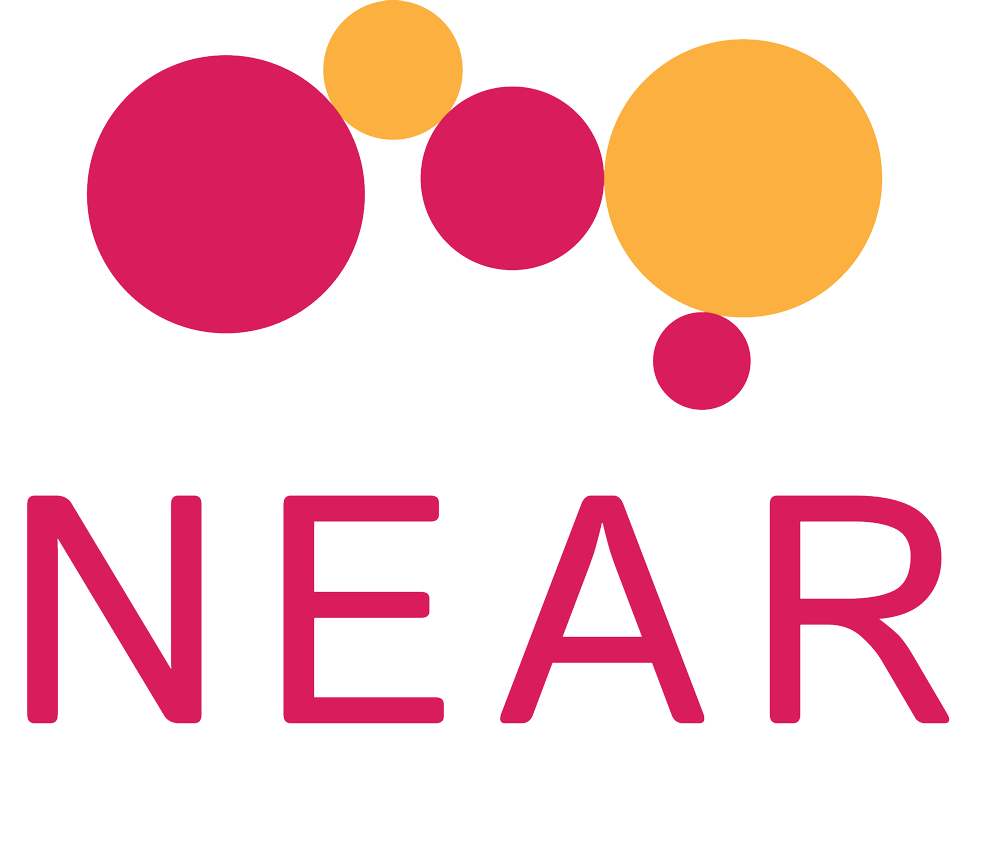Hassan Jenedie, Executive director of Bousla Development and Innovation, and a member of Voices for Displaced Syrians on what the recent earthquakes in Syria and Türkiye have revealed about the state of localisation and what needs to be done.
Hassan Jenedie greeting colleagues in a camp for displaced people ©Bousla
“Who were the first responders when the earthquakes hit?
We all know the first 72 hours are critical. After that the search is for bodies not survivors. We didn’t see anyone from the UN or INGOs for 10 days.
Local organisations immediately stepped up and responded with search and rescue, shelter, hot meals, protection, and psychosocial care.
This catastrophe has shown us that localisation should be an authentic concept, not a cosmetic one. We can say that in theSyrian context, we have seen some practical steps and some achievements already.
The new Solidarity Fund managed by the Syrian Networks League with support from NEAR is a good example because it allowed for rapid and effective support to affected communities. This fund is also a tactical step to show solidarity and raise awareness about the importance of localisation. This is a great example of an agile financing mechanism that is driven by local NGOs. All donors should also work towards channeling high-quality funding as directly as possible to local NGOs.
We know that it is impossible for donors to make any lasting impact unless they work with local partners. The INGOs always say they need more time to work on localisation, so we say, ‘OK if we can’t shift the power immediately, let’s start sharing it, then the shift will come.’
Partnership practices need to be more conducive to localisation. To make impact, people who are affected by the crisis must be part of decision. Any partnership relationship must be a two-way process.
We need a development perspective and more flexible mechanisms to support local NGOs and build them up. Instead, we have a funding system that is rigid and not efficient. Making humanitarian action as local as possible as international as necessary will secure these rapid response and agile mechanisms.
”Who were the first responders when the earthquakes hit?
Even if we are in an emergency, each INGO expects local partners to complete a long and complicated capacity assessment. This is very time consuming, especially as many organisations do not get funding for overheads, and then after all that there is no allocation. The power imbalance of these ‘partnerships’ starts from this beginning point.”. Surely it would be more efficient if all the INGOs and donors have one unified assessment, so we can get on with our work?
We believe in setting a high bar for ourselves in terms of being accountable and effective when we use donor funds. However, we have been working with some organisations for 10 years, yet they still say we need capacity building. If this is the case, they need to look at their own policy and strategy and see how effective it is.
The mistake is when donors focus only on capacity and not capability. Capacity building focuses on the individual, while capability building focuses on strengthening institutional capability building, and letting the local actors lead.
My plea to donors and INGOs and this is that we need them to advocate for locally led development by using their authority, partnerships, and networks to enhance cooperation with national and subnational authorities as well as community leaders and civil society. The recovery phase from the earthquakes will take a minimum of two to four years. This is an opportunity for donors and INGOs to seriously engage in equitable partnerships to make sure every cent donated is used effectively and that we are accountable to affected communities.”

